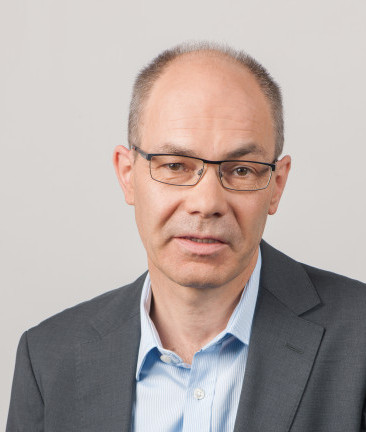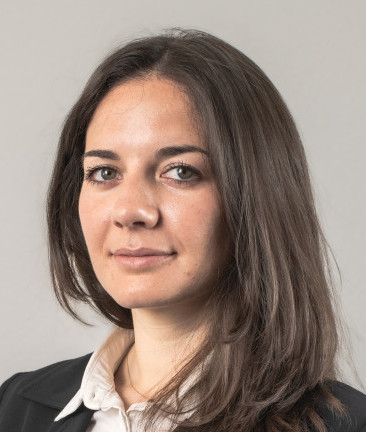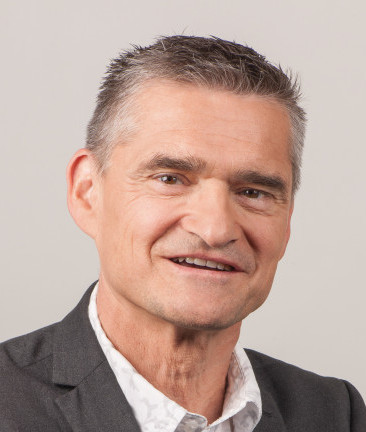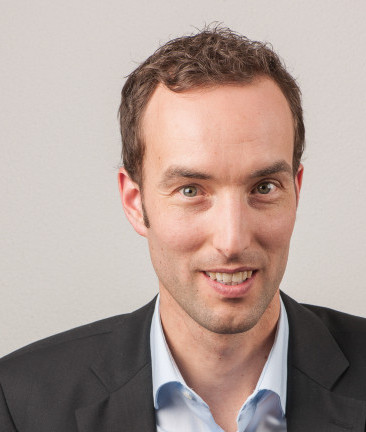
Economic advice, method- and data-based
We are a team of experts, researchers and practitioners with many years of economic experience in various industries. Our methods are data-based, incorporate the latest research findings and are field-tested. This enables us to create reliable analysis and solutions tailored to your requirements and the objectives of your company, public authority or association.
News
Barometer for renewable gases in Switzerland, edition 5, April 2024
After four editions focusing exclusively on hydrogen, we are now opening the Barometer to renewable methane (synthetically produced or from biogas). Overall, we currently assess the investment climate in Switzerland for renewable methane as better than for hydrogen.
A comparison of technology options shows that while existing energy infrastructure can still be used for synthetic methane and biomethane, for hydrogen, the energy yield per available area is greater.
In Switzerland, around 8% of total gas consumption comes from self-produced or imported biomethane, a high figure compared internationally. From 2025 onwards (subject to a referendum), the injection of biomethane into the Swiss gas grid will be promoted, which can also help to further exploit the production potential for biogas.
In the hydrogen sector, we introduce the newly launched H₂ marginal cost index HySuiX and summarize the importance of the Federal Council's hydrogen “Auslegeordnung”. However, the industry expects major policy decisions only from the Federal Government's hydrogen strategy announced for autumn.
These topics are covered in the new Barometer, published by the Swiss Gas Industry Association in collaboration with E-Bridge Consulting and Polynomics. The Barometer is published twice a year and available in German and French. You can receive future issues by registering here: https://gazenergie.ch/de/h2-barometer.
Non-Implementation of CBAM – Implications for the Cement Industry and the Environment
What impact will the renunciation of a carbon border adjustment mechanism (CBAM) have on the Swiss cement industry and thus on the achievement of Switzerland's net zero targets?
A Swiss CBAM means that Swiss builders have to take CO₂ costs into account in all their cement purchasing options: they can either buy CO₂-free cement or the CO₂ content in the cement is internalised via the CBAM levy or through the purchase of emission certificates.
Without a Swiss CBAM, or without other measures with a comparable effect, there is a risk that the cement industry or clinker production moving abroad. As long as builders are not willing to pay a significant premium for CO₂-free cement, CO₂-contaminated cement will continue to be used in Switzerland in future. This would jeopardise the achievement of the net-zero target.
A Swiss CBAM does not protect the domestic cement industry. Builders can still import cement from Europe or third countries. However, since the same system of CO₂ emission rights exists in Europe and for imports from third countries, the CBAM surcharge at the border would create a level playing field for EU, non-EU and Swiss cement suppliers.
Epidemiology of Sickle Cell Disease in Switzerland
Sickle cell disease is a rare hereditary blood disorder, in which the red blood cells contain an altered form of haemoglobin (haemoglobin S), causing them to become sickle-shaped, thereby easily clump-ing together and clogging blood vessels. In this report, we make a rough estimation of the preva-lence (frequency of the disease: How many cases are there?) and incidence (new occurrences of the disease: How many cases are added annually?) of sickle cell disease for Switzerland. The existing data for Switzerland are of poor quality, which is why we transfer estimates for Germany to Switzer-land. It appears that there can be assumed to be between 200 and 700 existing cases in Switzerland (prevalence) as well as annually 8 to 16 births with sickle cell disease (incidence).
Services
Energy supply
Healthcare
Financial sector
Media and telecommunications
Competition economics
Regulatory economics and regulatory impact analysis
Economic policy analyses
Data analysis
Benchmarking / Efficiency analysis
Costing and pricing
Preference measurement / Discrete choice experiment
Publications
Barometer for renewable gases in Switzerland, edition 5, April 2024
After four editions focusing exclusively on hydrogen, we are now opening the Barometer to renewable methane (synthetically produced or from biogas). Overall, we currently assess the investment climate in Switzerland for renewable methane as better than for hydrogen.A comparison of technology options shows that while existing energy infrastructure can still be used for synthetic methane and biomethane, for hydrogen, the energy yield per available area is greater.In Switzerland, around 8% of total gas consumption comes from self-produced or imported biomethane, a high figure compared internationally. From 2025 onwards (subject to a referendum), the injection of biomethane into the Swiss gas grid will be promoted, which can also help to further exploit the production potential for biogas.In the hydrogen sector, we introduce the newly launched H₂ marginal cost index HySuiX and summarize the importance of the Federal Council's hydrogen “Auslegeordnung”. However, the industry expects major policy decisions only from the Federal Government's hydrogen strategy announced for autumn.These topics are covered in the new Barometer, published by the Swiss Gas Industry Association in collaboration with E-Bridge Consulting and Polynomics. The Barometer is published twice a year and available in German and French. You can receive future issues by registering here: https://gazenergie.ch/de/h2-barometer.
Non-Implementation of CBAM – Implications for the Cement Industry and the Environment
What impact will the renunciation of a carbon border adjustment mechanism (CBAM) have on the Swiss cement industry and thus on the achievement of Switzerland's net zero targets?A Swiss CBAM means that Swiss builders have to take CO₂ costs into account in all their cement purchasing options: they can either buy CO₂-free cement or the CO₂ content in the cement is internalised via the CBAM levy or through the purchase of emission certificates.Without a Swiss CBAM, or without other measures with a comparable effect, there is a risk that the cement industry or clinker production moving abroad. As long as builders are not willing to pay a significant premium for CO₂-free cement, CO₂-contaminated cement will continue to be used in Switzerland in future. This would jeopardise the achievement of the net-zero target.A Swiss CBAM does not protect the domestic cement industry. Builders can still import cement from Europe or third countries. However, since the same system of CO₂ emission rights exists in Europe and for imports from third countries, the CBAM surcharge at the border would create a level playing field for EU, non-EU and Swiss cement suppliers.
Epidemiology of Sickle Cell Disease in Switzerland
Sickle cell disease is a rare hereditary blood disorder, in which the red blood cells contain an altered form of haemoglobin (haemoglobin S), causing them to become sickle-shaped, thereby easily clumping together and clogging blood vessels. In this report, we make a rough estimation of the prevalence (frequency of the disease: How many cases are there?) and incidence (new occurrences of the disease: How many cases are added annually?) of sickle cell disease for Switzerland. The existing data for Switzerland are of poor quality, which is why we transfer estimates for Germany to Switzerland. It appears that there can be assumed to be between 200 and 700 existing cases in Switzerland (prevalence) as well as annually 8 to 16 births with sickle cell disease (incidence).


















